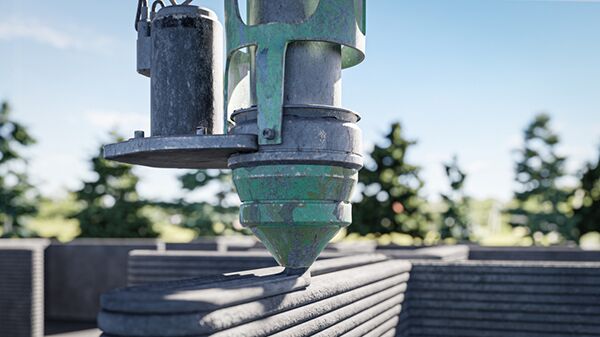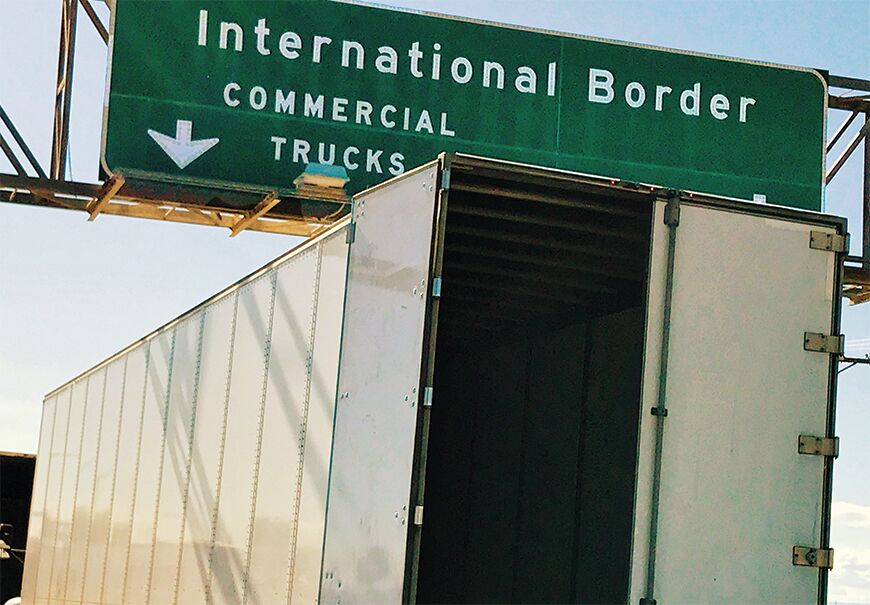How Viable and Cost-Effective Are 3D-Printed Homes?

Are 3D-printed concrete homes the future of residential housing, a flash in the pan, or something in between? Although it’s early in the lifecycle, numerous arguments are already being made for and against the building system’s practicality. I have more questions than answers regarding this subject.
Significant Cost Savings?
The cost of building a 3D-printed home is often quoted as lower than traditional stick-built alternatives due to reduced labor and material costs. Estimates of ten to 15 percent savings are not uncommon. A 2018 study in the academic research publication IOP Science reported that 3D printing can cut costs as much as 35 percent. Has anyone actually seen such savings?
The process may require fewer manual laborers onsite, but it would seem to demand a higher level of technical expertise up front and in the field. How much time and money will it take to train a qualified labor force? How many homebuilders will be willing to bear that cost to learn a new system?
Other upfront costs should probably be considered. CBS News reported in 2021 that printer prices ranged from $49,000 to more than $125,000. More recently, 3D construction printer manufacturer Black Buffalo reported costs of up to $800,000. If those costs are accurate, will such a large initial investment be a barrier for many homebuilders?
Cost savings are only for framing the walls. In stick-built homes, I’ve been told the walls are the fastest and cheapest part to complete. Other components, such as the foundation, roof, windows, doors, interior and exterior finishes, and plumbing, make up nearly 80 percent of total construction cost. Are there any savings being captured from the more expensive trades such as electricians and plumbers? Will they also have to be re-trained to deal with such unique structures? If so, at what cost?
Is It Faster?
The speed of 3D-printing walls versus traditional stick-built construction is often cited, with claims of the printing process taking 48 hours or less. Does that include the time it takes to initially set up and calibrate the equipment? Proponents also argue that equipment can be easily transported from one site to the next. Moving costs can be lowered further by printing multiple homes in close proximity. What is the transportation cost compared to stick-built homes? The printers look fairly large. Can they be used on infill lots or in high-density areas?
Environmental Sustainability?
Proponents argue that walls can be constructed to rigorous specifications while creating nearly zero waste. However, consulting firm McKinsey & Co. has reported about seven percent of all carbon emissions come from cement production. Is the use of more carbon-intensive concrete outweighed by less waste production?
Increased 3D-printing popularity could provide an incentive for creation of greener alternatives than standard concrete. For example, “lavacrete,” a combination of pulverized red lava rock, cement, and water, is a more environmentally friendly proprietary product created by 3D-printing firm ICON. Will greener alternatives perform as well as standard concrete? Will they be as affordable and easily sourced?
A Timeless Look?
Printing technology allows for different design features such as curved walls and a unique “beehive” look. But HGTV’s numerous renovation programs have shown that homeowner tastes and preferences change over time. Stick-built construction can be reconfigured to rearrange the floorplan. Materials and finishes can be replaced with new ones. How difficult will a concrete home be to reconfigure or update?
Any Appraisal Problems?
Potential homebuyers may wonder about the appraised value for such a new building method. Appraisers weigh factors such as conformity to neighborhood standards, structural integrity, material standards, and zoning compliance. Will non-conformity with nearby houses affect the value and marketability of the 3D homes?
Building Code and Zoning Ordinance Hurdles?
Ensuring compliance with local building codes and zoning laws presents challenges that will have to be addressed for widespread adoption. Building codes will need to be updated to accommodate the unique aspects of 3D-printed construction. How much time and effort will be required to establish widely accepted codes and standards for 3D-printed homes? Will every jurisdiction choose to revamp their codes?
I still have a lot more questions. What about energy efficiency or the impact of weather on the 3D-printing process? Will potential homebuyers have reservations about the durability and safety of 3D-printed homes? Will the cost of building 3D-printed homes drop significantly with wider acceptance? Will the homes be more valuable to the next buyer in a resale? Will the long-term maintenance costs of the homes be higher or lower than stick-built construction? Can the quality of the product be sufficiently inspected and guaranteed to the average homeowner’s satisfaction?
What are your thoughts? Send them to me at [email protected]. I’d like to know what you have to say.
In This Post
You might also like
Publications
Receive our economic and housing reports and newsletters for free.



